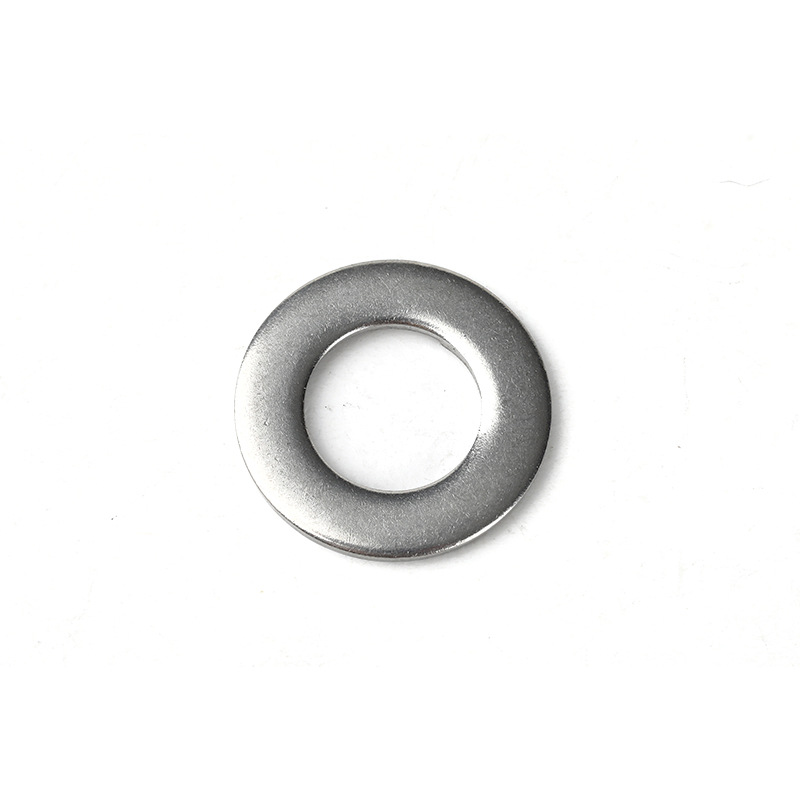

types of nut bolt
Oct . 06, 2024 19:47 Back to list
types of nut bolt
Understanding the Different Types of Nuts and Bolts
Nuts and bolts are essential components in various applications, ranging from household items to complex machinery. Though they might seem simple, their designs and functions are quite sophisticated, ensuring the integrity and durability of the connections they create. In this article, we will explore the various types of nuts and bolts, their unique characteristics, and their practical applications.
Types of Bolts
Bolts are typically categorized by their shape, size, and thread type. Here are some common types
1. Hex Bolts These are among the most commonly used bolts. They are characterized by a hexagonal head, allowing for easy gripping with a wrench. Hex bolts can be found in various materials, including steel and stainless steel, making them versatile for both indoor and outdoor applications.
2. Carriage Bolts Designed with a rounded head and a square neck, carriage bolts are typically used in wood-to-wood connections. The square neck prevents the bolt from turning when it is being tightened, making it ideal for applications where the bolt will be hidden or where accessibility is limited.
3. Lag Bolts Also known as lag screws, these heavy-duty fasteners are designed for woodworking and are used to connect large wooden pieces. Lag bolts have a thick body and coarse threads that provide superior holding power.
4. Machine Bolts Generally used in machinery, these bolts have a uniform diameter and are designed to be inserted into pre-tapped holes. Machine bolts provide a strong connection and are often used in manufacturing environments.
5. Shoulder Bolts These bolts have a cylindrical shoulder that separates the shaft from the head. They are often used in applications where rotation is required, as the shoulder allows for smooth movement.
Types of Nuts
Nuts are typically used in conjunction with bolts to secure components together. Here are some common types
types of nut bolt

1. Hex Nuts Much like hex bolts, hex nuts are hexagonal in shape and are used for tightening with a wrench. They are the most common type of nut found in various applications.
2. Lock Nuts These nuts are designed to resist loosening under vibration or torque. Common types include nylon insert lock nuts and all-metal lock nuts. Lock nuts are critical in applications where the fastener may be subjected to movement or vibrations.
3. Wing Nuts Featuring two large wings on either side, wing nuts can be easily tightened or loosened by hand, making them ideal for applications where frequent adjustments are necessary.
4. Flange Nuts These nuts have a wide flange at one end that acts as an integrated washer. Flange nuts distribute pressure more evenly and minimize the risk of damage to the surface they’re applied to.
5. Square Nuts Similar in function to hex nuts, square nuts provide a larger surface area for gripping. They are often used in applications with square or flat surfaces, promoting stability.
Applications of Nuts and Bolts
Nuts and bolts are ubiquitous in modern construction, automotive, and manufacturing industries. Here are some examples of their applications
- Construction In building structures, bolts connect metal frames and hold together various components. Nuts secure these bolts in place, creating stability and strength. - Automotive Bolts are used to assemble engines, suspensions, and other critical components. Lock nuts often secure these bolts, ensuring they remain tight during operation. - Furniture Assembly Many pieces of furniture use bolts and nuts for assembly, offering a sturdy connection that can be disassembled if necessary.
- Machinery In industrial settings, bolts connect machinery parts, while nuts help maintain the integrity of these connections under heavy loads and vibrations.
Conclusion
Understanding the different types of nuts and bolts and their specific applications can significantly enhance the efficiency and safety of various projects. Whether you're constructing a building, assembling furniture, or maintaining machinery, choosing the appropriate nut and bolt combination is crucial for long-lasting and secure connections. By recognizing the features and benefits of various nuts and bolts, one can ensure their proper use in any application.
Latest news
-
Hot Dip Galvanized Bolts-About LongZe|High Strength, Corrosion Resistance
NewsJul.30,2025
-
High-Strength Hot Dip Galvanized Bolts - Hebei Longze | Corrosion Resistance, Customization
NewsJul.30,2025
-
Hot Dip Galvanized Bolts-Hebei Longze|Corrosion Resistance&High Strength
NewsJul.30,2025
-
High-Strength Hot-Dip Galvanized Bolts-Hebei Longze|Corrosion Resistance&High Strength
NewsJul.30,2025
-
Hot Dip Galvanized Bolts-Hebei Longze|Corrosion Resistance&High Strength
NewsJul.30,2025
-
Hot Dip Galvanized Bolts - Hebei Longze | Corrosion Resistance, High Strength
NewsJul.30,2025

